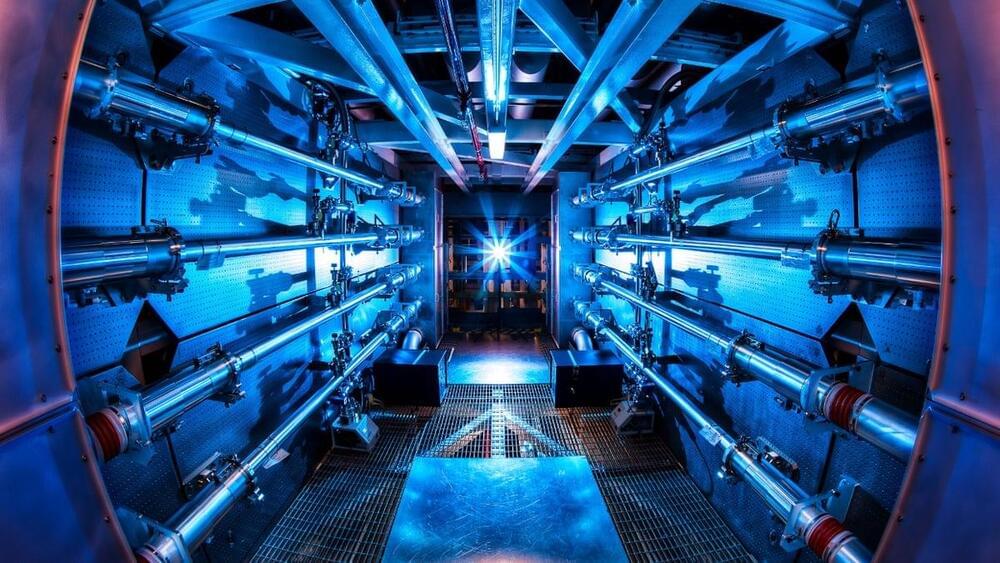Alternative ways of powering, cooling, and constructing reactors could help get more nuclear energy on the grid.
I’ve got nuclear power on the brain this week.
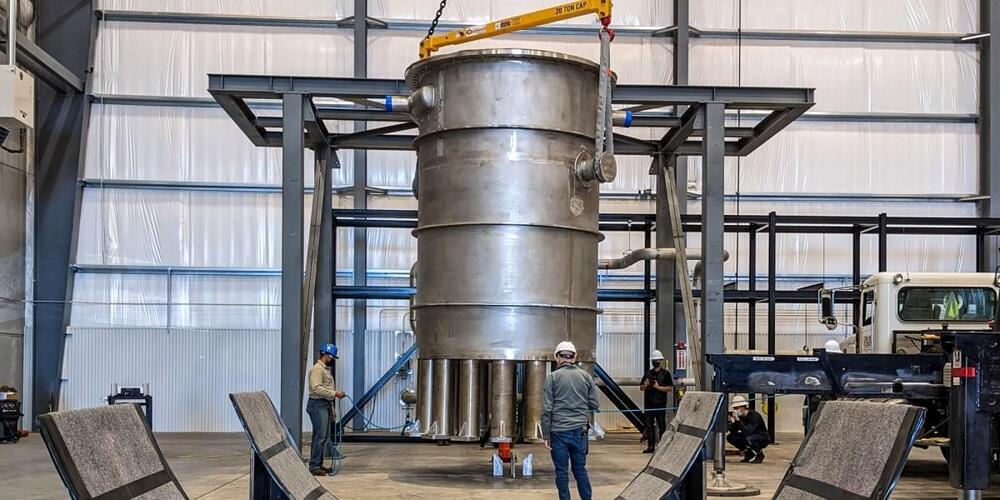
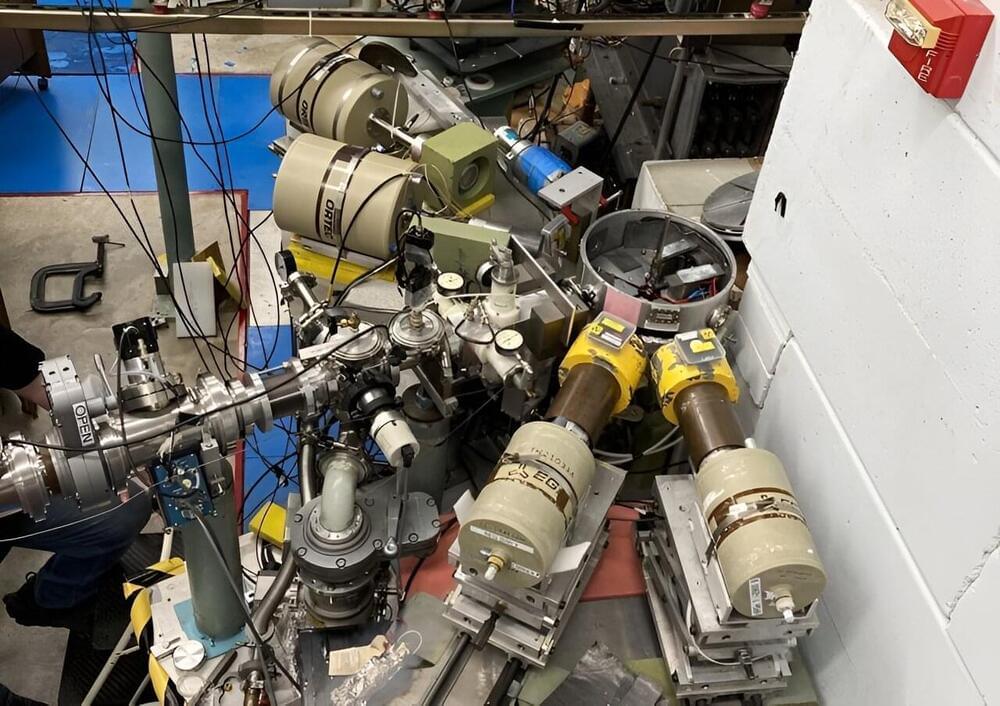
Large, low-background detectors using xenon as a target medium are widely used in fundamental physics, particularly in experiments searching for dark matter or studying rare decays of atomic nuclei. In these detectors, the weak interaction of a neutral particle—such as a neutrino—with a xenon-136 nucleus can transform it into a cesium-136 nucleus in a high-energy excited state.
The gamma rays emitted as the cesium-136 relaxes from this excited state could allow scientists to separate rare signals from background radioactivity. This can enable new measurements of solar neutrinos and more powerful searches for certain models of dark matter. However, searching for these events has been difficult due to a lack of reliable nuclear data for cesium-136. Researchers need to know the properties of cesium-136’s excited states, which have never been measured for this isotope.
This research, appearing in Physical Review Letters, provides direct determination of the relevant data by measuring gamma-ray emission from cesium-136 produced in nuclear reactions at a particle accelerator. Importantly, this research reveals the existence of so-called “isomeric states”—excited states that exist for approximately 100ns before relaxing to the ground state.
They’re working on it.
A Chinese company has announced they’re planning to mass-produce tiny nuclear batteries that can last up to 50 years, possibly beating both a British and an American company who have tried to put those on the market for several years. What does that mean? Will we soon all power our phones with nuclear power? Let’s have a look.
🤓 Check out our new quiz app ➜ http://quizwithit.com/
💌 Support us on Donatebox ➜ https://donorbox.org/swtg.
📝 Transcripts and written news on Substack ➜ https://sciencewtg.substack.com/
👉 Transcript with links to references on Patreon ➜ / sabine.
📩 Free weekly science newsletter ➜ https://sabinehossenfelder.com/newsle…
👂 Audio only podcast ➜ https://open.spotify.com/show/0MkNfXl…
🔗 Join this channel to get access to perks ➜
/ @sabinehossenfelder.
🖼️ On instagram ➜ / sciencewtg.

Betavolt wants to create batteries that will last a lifetime by 2025.
A Chinese startup called Betavolt has cooked up this itty-bitty nuclear battery — about the size of a little coin — which they claim can crank out electricity for 50 years straight, with no charging pit stops needed.
As the company leaps from development to the pilot stage, they’re gearing up for full-scale production and a grand entrance into the market pretty soon.
How did they create it?
The Beijing-based company also claims that its nuclear battery is the world’s first to successfully miniaturize atomic energy, fitting 63 nuclear isotopes into a module smaller than a coin.


I want this.
A Chinese company called Betavolt Technology has started working on nuclear batteries, and if this turns into something that actually works, you can say goodbye to smartphone charging. Based on the information we have received, the company is working on batteries across several devices.
The nuclear batteries are able to hold a charge for 50 years. Yes, you have heard this right. If this technology ever sees the light of day and hits the mainstream, it is safe to say that our smartphone batteries will outlive many of us.
The company has talked about how they have pioneered the “miniaturization of atomic energy batteries.” Betavolt Technology managed to stuff 63 nuclear isotopes in a modular that is smaller than a coin. The model is called BV100, and it is capable of producing 100 microwatts of electricity, which should be more than enough when it comes to a smartphone.
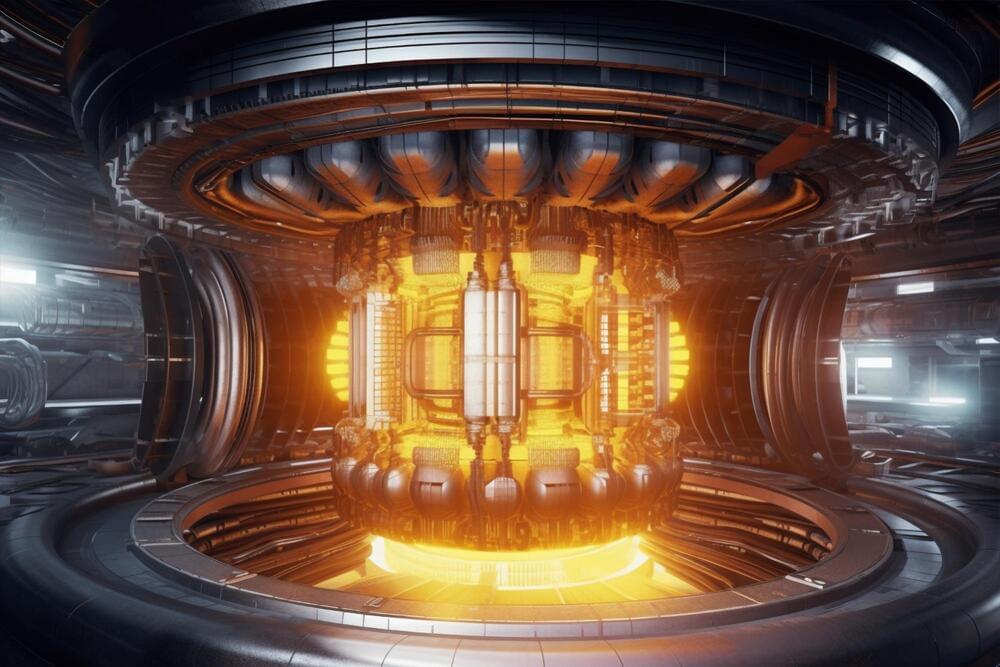
Fusion’s success as a renewable energy depends on the creation of an industry to support it, and academia is vital to that industry’s development.
A new study suggests that universities have an essential role to fulfill in the continued growth and success of any modern high-tech industry, and especially the nascent fusion industry; however, the importance of that role is not reflected in the number of fusion-oriented faculty and educational channels currently available. Academia’s responsiveness to the birth of other modern scientific fields, such as aeronautics and nuclear fission, provides a template for the steps universities can take to enable a robust fusion industry.
Insights from Experts.
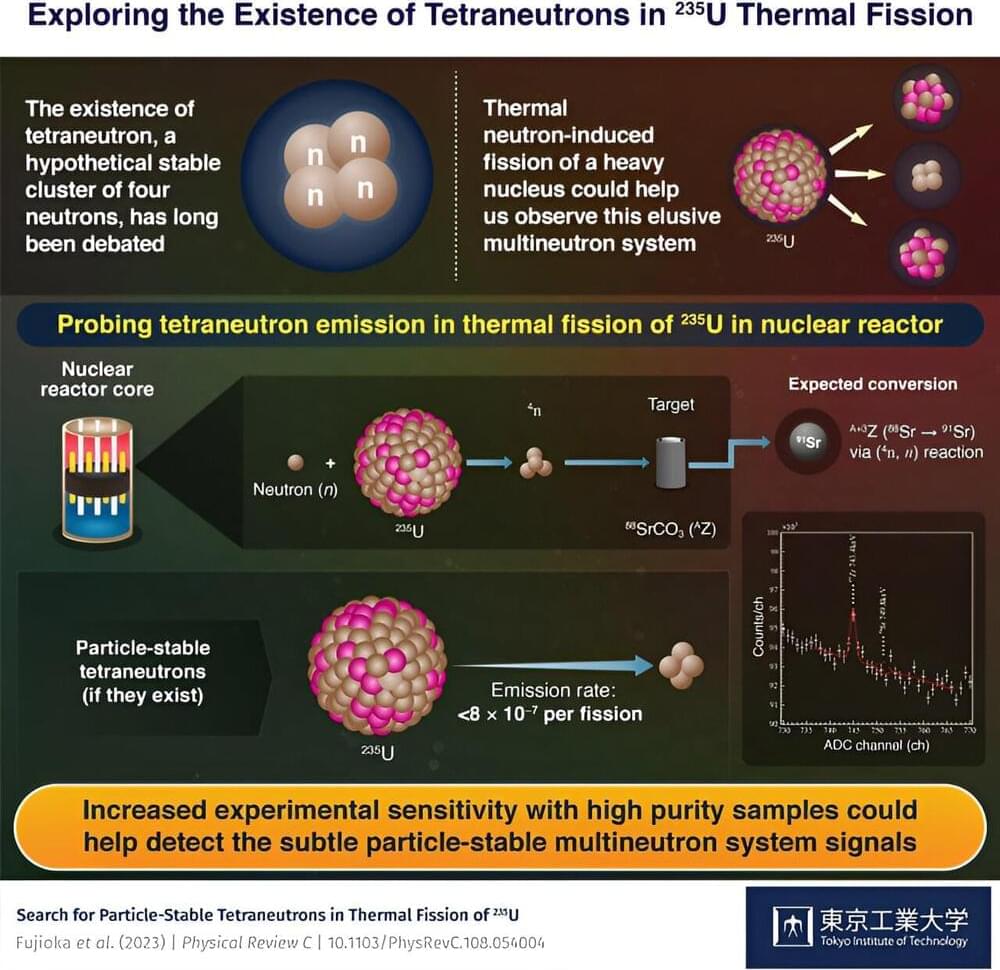
The possible emission rate of particle-stable tetraneutron, a four-neutron system whose existence has been long debated within the scientific community, has been investigated by researchers from Tokyo Tech. They looked into tetraneutron emission from thermal fission of 235 U by irradiating a sample of 88 SrCO3 in a nuclear research reactor and analyzing it via γ-ray spectroscopy.
Tetraneutron is an elusive atomic nucleus consisting of four neutrons, whose existence has been highly debated by scientists. This stems primarily from our lack of knowledge about systems consisting of only neutrons, since most atomic nuclei are usually made of a combination of protons and neutrons. Scientists believe that the experimental observation of a tetraneutron could be the key to exploring new properties of atomic nuclei and answering the age-old question: Can a charge-neutral multineutron system ever exist?
Two recent experimental studies reported the presence of tetraneutrons in bound state and resonant state (a state that decays with time but lives long enough to be detected experimentally). However, theoretical studies indicate that tetraneutrons will not exist in a bound state if the interactions between neutrons are governed by our common understanding of two or three-body nuclear forces.
Fusion is a kind of nuclear power, which could revolutionise how clean energy is produced. As a new wave of experiments heats up, can fusion live up to the hype?
00:33 The future of green energy.
02:00 What is nuclear fusion and how does it work?
03:17 Is it achievable?
Sign up to The Economist’s daily newsletter: https://econ.st/3s9WjPB
Energy security gives climate-friendly nuclear-power plants a new appeal: https://econ.st/3QHgdd1
Listen to our podcast about the importance of private companies in advancing nuclear fusion https://econ.st/49n7aqa.
Fusion power is coming back into fashion: https://econ.st/49jPwDu.
